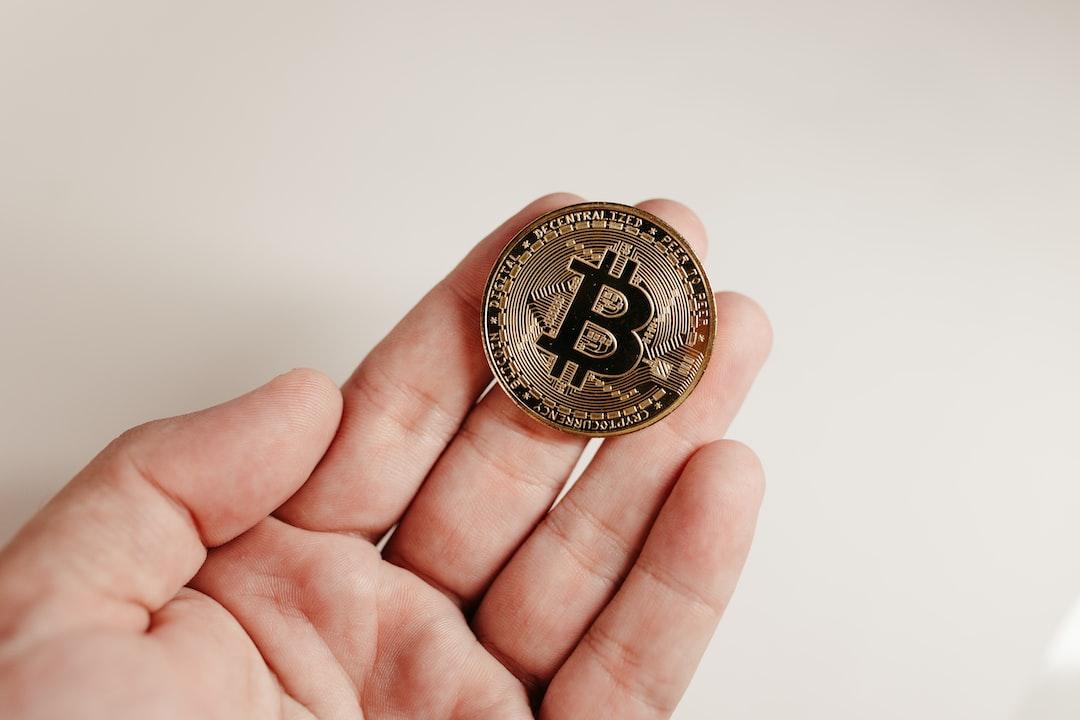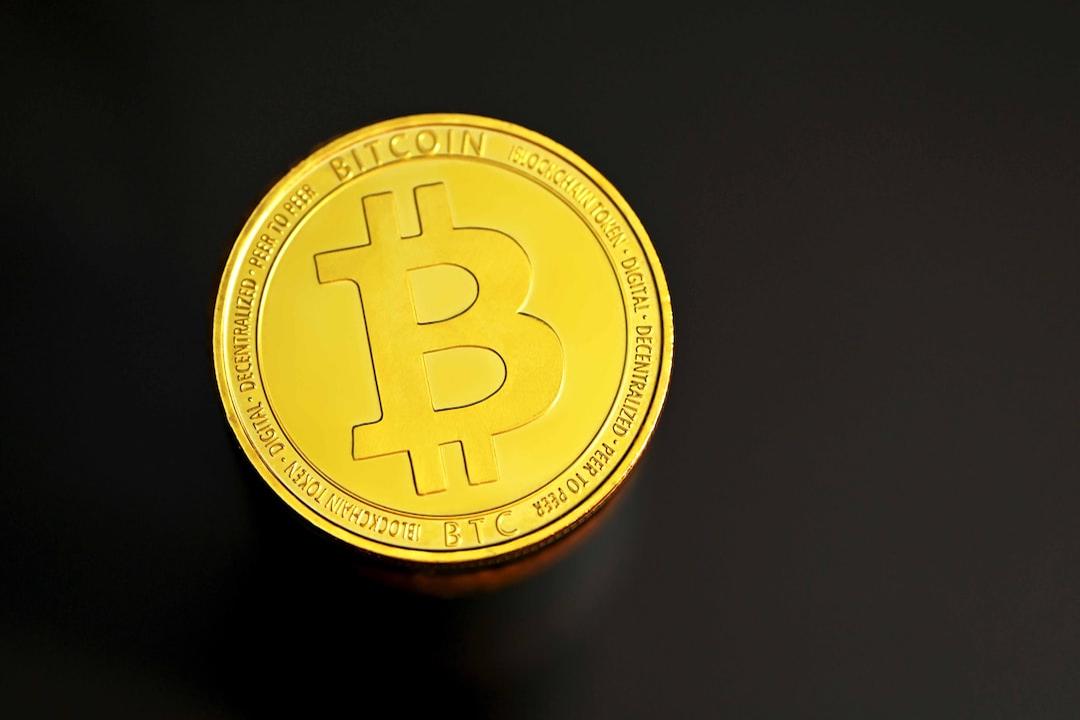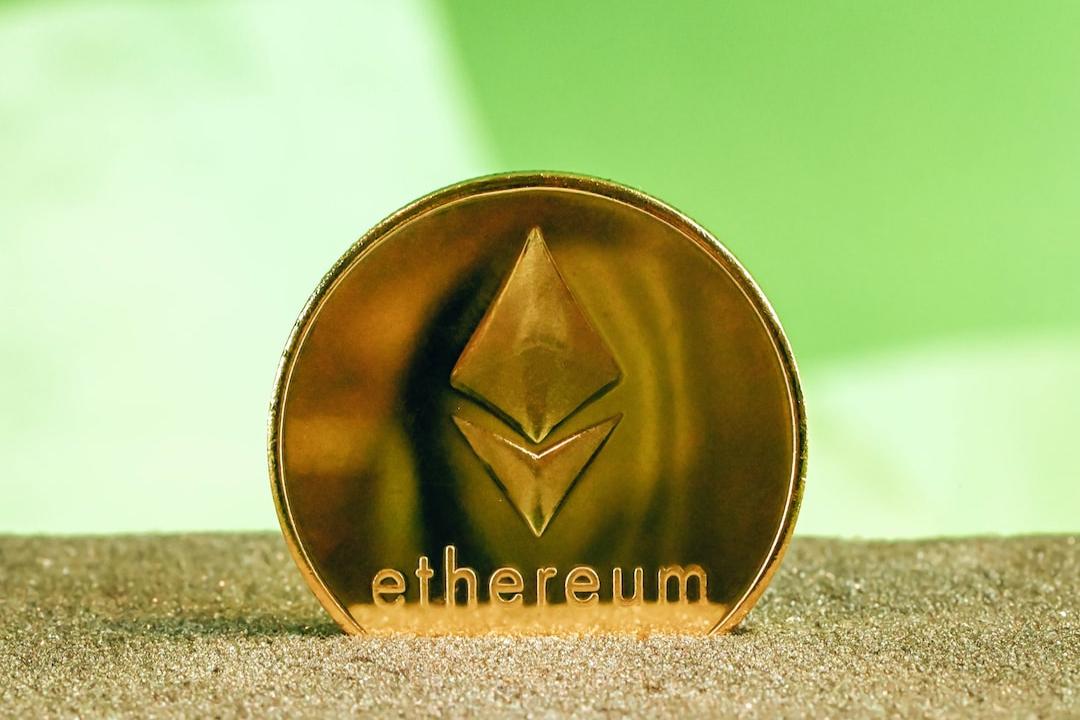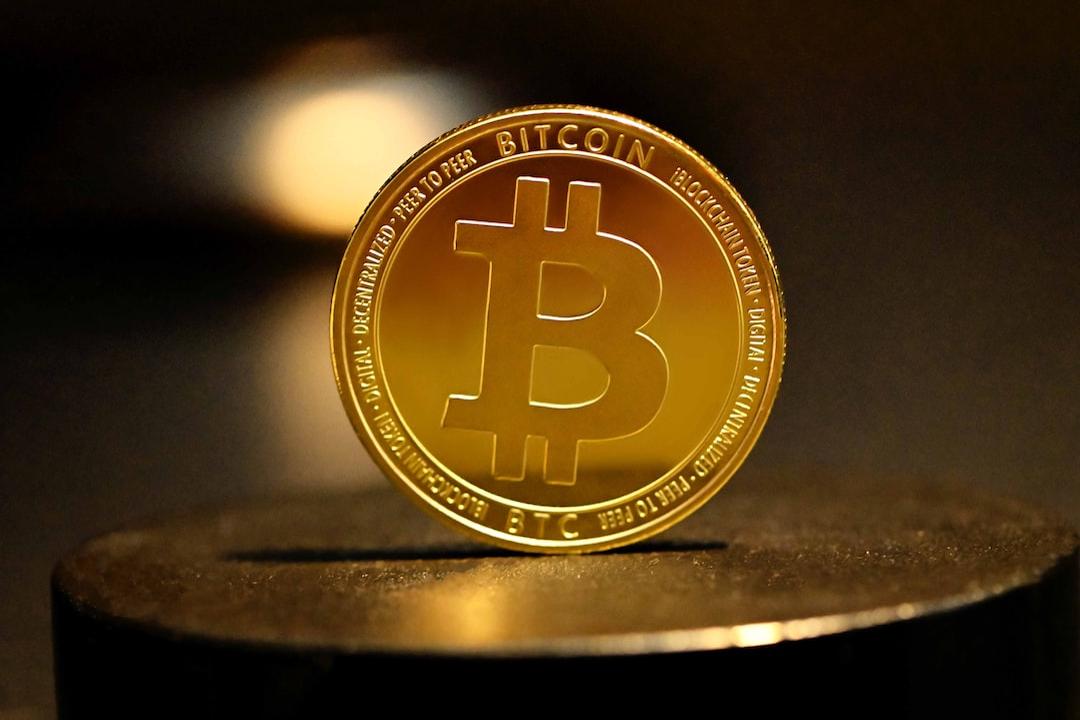Global Asset Management Giant VanEck Launches Its First “Real-World Asset Tokenization (RWA)” Fund VBILL
VanEck announced the launch of its first RWA fund, named VBILL, which targets U.S. Treasury bonds and supports four major blockchains. This marks the entry of traditional financial institutions into the on-chain asset arena, symbolizing a deep integration of traditional finance and blockchain, and heralding a new wave of asset tokenization.
VanEck Launches First Tokenized U.S. Treasury Fund VBILL
Yesterday, VanEck announced a partnership with the financial tokenization platform Securitize to launch the RWA fund named “VBILL,” providing an on-chain investment channel for U.S. Treasury bonds, with cross-chain technical support from Wormhole.






Fund Threshold
VBILL will initially be deployed on four major blockchains: Ethereum, Solana, BNB Chain, and Avalanche, allowing investors to gain exposure and rights equivalent to traditional U.S. Treasury bonds. It is worth noting that the fund thresholds vary: the minimum investment amount on Avalanche, BNB Chain, and Solana is set at $100,000, while on Ethereum it is raised to $1,000,000, indicating a focus on high-net-worth institutional investors.
Direct Competition with BlackRock and Franklin Templeton: RWA Competition Intensifies
The launch of VBILL signifies VanEck’s direct confrontation with BlackRock’s BUIDL and Franklin Templeton’s BENJI, vying for market share in the on-chain Treasury bond fund sector. Earlier this year, asset management giant Apollo also launched a tokenized fund targeting private credit, indicating that traditional capital markets are beginning to bring assets on-chain.


Data from RWA.xyz shows that the largest tokenized asset class in the world by market capitalization is private credit, followed by U.S. Treasury bonds, with a market cap reaching $6.9 billion. VanEck’s choice of U.S. Treasuries as its entry point targets “liquid” and “stable demand” institutional assets.
Empowered by Blockchain Technology: Tokenization Accelerates Asset Market Innovation
The greatest advantage of RWA lies in transforming traditional assets, which originally had low liquidity, into digital tokens that can be traded instantly on-chain. Compared to traditional settlement processes that may take several days, on-chain transfers can be completed in seconds to minutes, saving time and significantly reducing operational costs.
VanEck’s Partner Securitize is One of the Leaders in the Field, Successfully Tokenizing Over $3.9 Billion in Assets to Date. This Year, the Platform Received $47 Million in Funding Led by BlackRock and Strategic Investment from Jump Crypto, Indicating Strong Recognition from Traditional Finance for Its Technology and Business Model.
SEC’s Strong Support: RWA Will Be a Turning Point for the Digitalization of Financial Markets
A few days ago, at a roundtable meeting convened by the U.S. Securities and Exchange Commission (SEC), Paul Atkins stated that the emergence of RWA is akin to the revolution of the music industry transitioning from analog to digital: blockchain technology can open up new methods for issuing, trading, and holding securities, which is not only an optimization of the system but could also give rise to new market activities. He added, “The existing regulatory framework is mostly based on past market structures, and in the face of new models of on-chain assets and smart contracts, the SEC must rethink the balance between regulation and innovation.”
The Golden Age of RWA Has Quietly Begun
From VanEck, BlackRock to Franklin Templeton, leading asset management institutions are significantly betting on the RWA field. With the maturation of technology and a shift in regulatory attitudes, not only bonds but also real estate or art investments may become mainstream on-chain assets in the future. As the ecosystem of on-chain assets gradually takes shape, RWA is no longer merely a testing ground in the crypto domain but has become a key engine for the digital transformation of the global financial system.
Risk Warning
Investing in cryptocurrencies carries a high level of risk, and their prices may fluctuate significantly. You may lose all your principal. Please assess the risks carefully.

